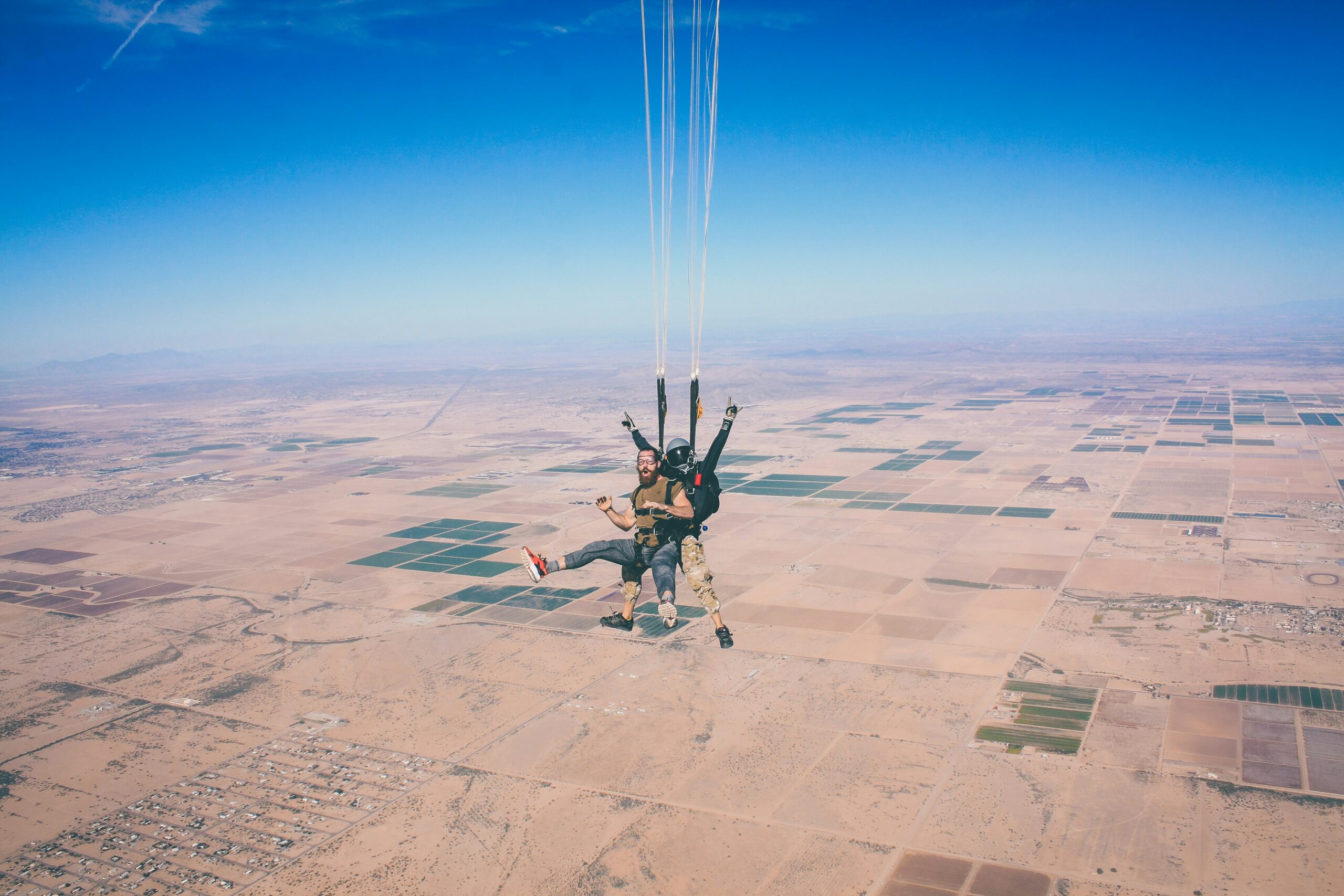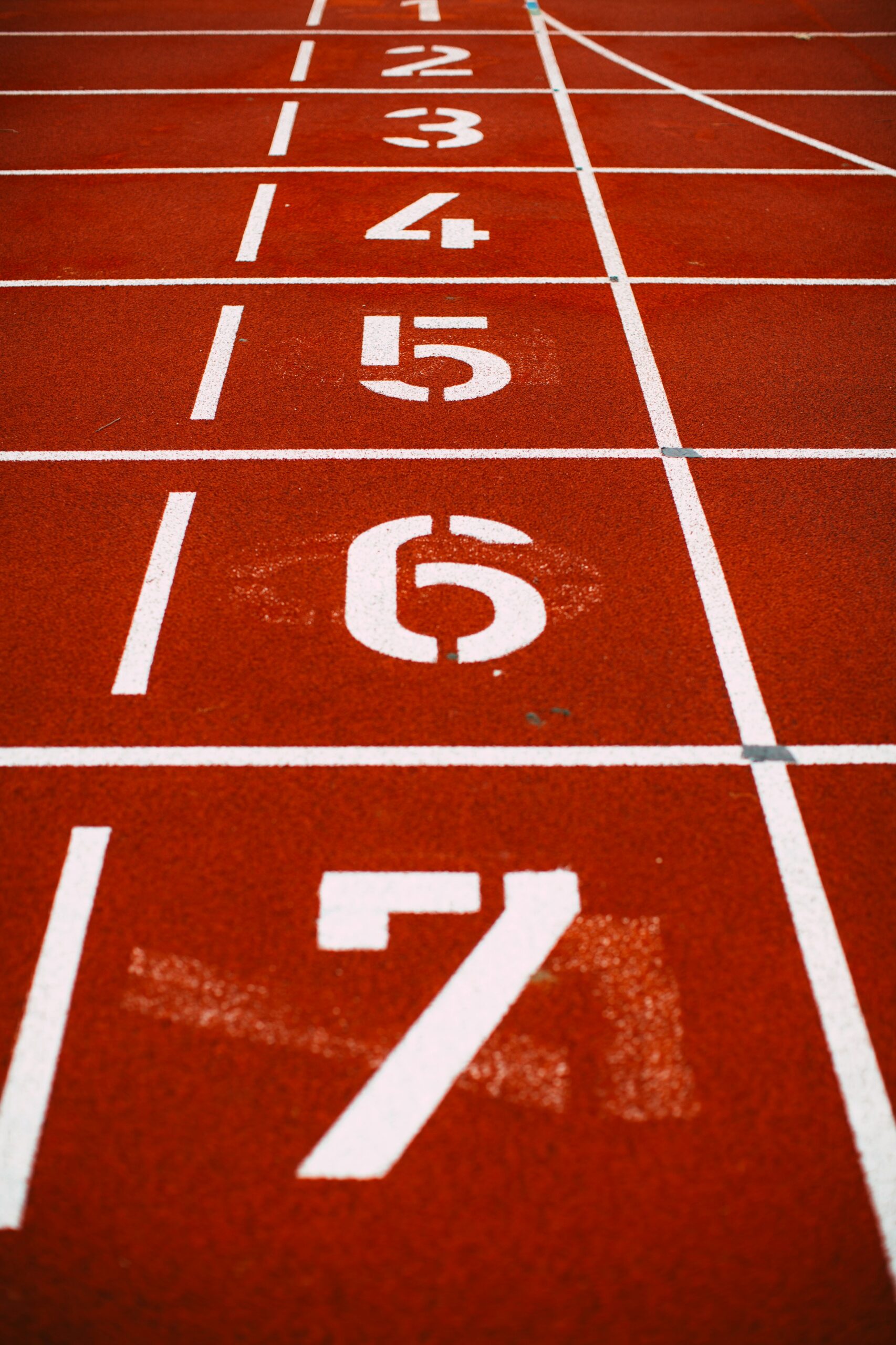Elevating Your Game with Mindfulness Practices in Sports and Fitness
In the high-octane world of sports and fitness, where every second can mean the difference between victory and defeat, there’s an often-overlooked tool that can elevate your performance: mindfulness. It’s a term that might conjure images of serene yoga studios or quiet meditation retreats, but in reality, mindfulness is a powerful practice that can benefit athletes and fitness enthusiasts in profound ways. So, let’s dive into how this age-old practice can help you not only improve your game but also enhance your overall well-being.
Understanding Mindfulness: More Than Just a Buzzword
Mindfulness, at its core, is about being fully present in the moment. It’s about tuning into your thoughts, feelings, and bodily sensations without judgment. Now, you might be thinking, “Sure, that sounds great, but how does that help me hit a home run or smash my personal best in a marathon?” Well, let’s unpack that.
Research suggests that mindfulness can lead to improved focus, reduced anxiety, and increased resilience—qualities that are essential in sports. For instance, when you’re about to take a penalty kick, your mind can swirl with doubts and distractions. Mindfulness techniques can help quiet that mental noise, allowing you to concentrate on your goal. A study from the Journal of Sports Psychology found that athletes who practiced mindfulness reported a 20% increase in focus during competition. That’s not just a small bump; that’s a game-changer.
Mindfulness Techniques for Athletes
So, how can you incorporate mindfulness into your training regimen? Here are some techniques that have proven effective:
- Breath Awareness: Focusing on your breath is a fundamental mindfulness practice. Spend a few minutes each day simply observing your breath—notice the rise and fall of your chest, the feeling of air entering and leaving your body. This can help ground you and increase your awareness.
- Body Scan: This involves mentally scanning your body for tension and discomfort. Start from your toes and work your way up to your head, paying attention to how each part feels. This practice can help you identify areas of stress or tension that may affect your performance.
- Mindful Movement: Whether you’re running, swimming, or lifting weights, try to focus completely on the sensations in your body during your workout. Notice how your muscles feel, how your breath changes, and how your movements flow. This can enhance your connection to your body and improve your performance.
- Visualization: Picture yourself succeeding in your sport. For instance, if you’re a sprinter, visualize yourself crossing the finish line with a personal best time. This technique can help build confidence and prepare your mind for competition.
The Science Behind Mindfulness in Sports
Now, let’s get a bit nerdy. There’s an impressive body of research supporting the benefits of mindfulness in athletic performance. One study published in the Journal of Applied Sport Psychology found that athletes who engaged in regular mindfulness practice not only performed better but also reported lower levels of stress and anxiety. They had a significant reduction in ruminative thinking—a common issue for athletes who tend to dwell on past mistakes.
Furthermore, mindfulness can help in developing a growth mindset. Instead of seeing failure as a setback, mindfulness encourages you to view it as an opportunity for learning. As the legendary basketball coach Phil Jackson once said, “The Zen master is not afraid to fail.” Mindfulness allows athletes to embrace the process instead of fixating solely on the outcome. This shift in perspective can lead to greater perseverance and resilience.
Mindfulness in Different Sports
Mindfulness isn’t a one-size-fits-all approach. Different sports may require different techniques, and it’s fascinating to see how various athletes have adapted mindfulness practices to their specific needs.
Team Sports
In team sports like soccer or basketball, mindfulness can enhance communication and teamwork. For instance, players can practice being fully present during huddles, actively listening to each other rather than thinking about the game’s score. The Golden State Warriors, under Coach Steve Kerr, have been known to incorporate mindfulness sessions into their training, emphasizing the importance of being in the moment, which has contributed to their success on the court.
Individual Sports
Conversely, in individual sports like tennis or golf, mindfulness can help athletes manage performance anxiety. Roger Federer, a tennis legend, has spoken about how he uses mindfulness techniques to stay calm during high-pressure matches. By focusing on his breath and the sensations in his body, he can maintain composure and clarity, even in the heat of competition.
Endurance Sports
For endurance athletes, such as marathon runners or cyclists, mindfulness can be a game-changer in overcoming physical pain and fatigue. Many long-distance runners practice body awareness to tune into their physical limits while pushing through discomfort. I remember running my first half-marathon, and the moment I felt like giving up, focusing on my breath helped me push through that mental barrier. It’s remarkable how something as simple as breathing can become a lifeline in those grueling moments.
Challenges in Practicing Mindfulness
Of course, like any practice, mindfulness isn’t without its challenges. It can be easy to get distracted, especially in our fast-paced world. You might find yourself thinking about your grocery list or what you’re going to binge-watch next. (Trust me, I’ve been there.) It takes time and patience to build a consistent mindfulness practice, and that’s perfectly okay.
One of the most common hurdles is the misconception that mindfulness requires a significant time commitment. It’s not about spending hours meditating; even a few minutes a day can yield benefits. Start small—try just five minutes of breath awareness and gradually increase the time as you become more comfortable.
Mindfulness Beyond the Field
While the focus here has been on sports, the benefits of mindfulness extend far beyond the field or gym. It’s a lifestyle choice that can enhance overall well-being. Mindfulness practices can improve relationships, reduce stress, and even boost creativity. Look, I’m not saying you need to start chanting mantras or wearing tie-dye shirts (unless that’s your style, then go for it); it’s more about cultivating a sense of awareness in your everyday life.
Creating a Mindfulness Routine
If you’re ready to bring mindfulness into your training, consider developing a routine. Here’s a simple guide to get started:
- Set Aside Time: Choose a specific time each day for your mindfulness practice. This could be in the morning before your workout or in the evening to unwind.
- Find Your Space: Create a quiet space where you can practice without distractions. It doesn’t have to be a yoga studio; your living room or even a park bench will do.
- Start Small: Begin with short sessions—5 to 10 minutes—to avoid feeling overwhelmed. Gradually increase the duration as you become more comfortable.
- Stay Consistent: Consistency is key. Aim to practice mindfulness daily, even if it’s just for a few minutes.
- Reflect: After each session, take a moment to reflect on how you feel. Notice any changes in your mood or mindset.
Incorporating Mindfulness into Workouts
Now, let’s talk specifics. How can you weave mindfulness into your actual workouts? Here are some practical tips:
- Mindful Warm-Up: Before you begin your training, take a few moments to check in with your body. Notice any areas of tension and consciously relax them.
- Focus on Form: Whether you’re lifting weights or running, pay attention to your form. This not only enhances your performance but also helps prevent injuries.
- Track Your Thoughts: During your workout, if your mind starts to wander or negative thoughts creep in, acknowledge them without judgment and gently bring your focus back to your breath or movements.
- Cool Down Mindfully: After your workout, take a few moments to cool down and reflect on your session. How did you feel? What did you learn?
Mindfulness in Recovery
Recovery is an often overlooked aspect of training, but it’s just as important as the workouts themselves. Mindfulness can play a significant role in the recovery process. Techniques such as guided imagery or progressive muscle relaxation can help you tune into your body, facilitating healing and reducing stress.
Some athletes even incorporate mindfulness into their stretching routines, focusing on how their muscles feel as they stretch. This awareness can deepen your connection to your body and promote better recovery outcomes.
Finding Resources and Support
As you embark on your mindfulness journey, you don’t have to go it alone. Numerous resources are available, from books to apps, that can guide you along the way. Apps like Headspace and Calm offer guided mindfulness sessions tailored for athletes. I’ve personally found their running meditations incredibly helpful during long runs—there’s something soothing about hearing someone calmly guide you through your strides.
Additionally, consider seeking out workshops or classes focused on mindfulness in sports. Many gyms and wellness centers offer sessions specifically designed for athletes, providing a supportive environment to explore mindfulness practices.
Conclusion: Elevate Your Game
In a world where sports and fitness are often dominated by physical prowess, it’s easy to overlook the mental aspect of performance. Mindfulness practices can provide a significant edge, helping you develop focus, resilience, and a deeper connection to your body. Whether you’re an elite athlete or a weekend warrior, incorporating mindfulness into your training can lead to not only improved performance but a more fulfilling experience in your sport.
So, the next time you find yourself lacing up your sneakers, remember: the power of mindfulness is right there with you. Take a deep breath, be present, and elevate your game—both mentally and physically. And who knows? You might just surprise yourself with what you can achieve.




